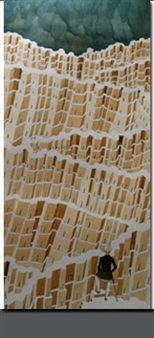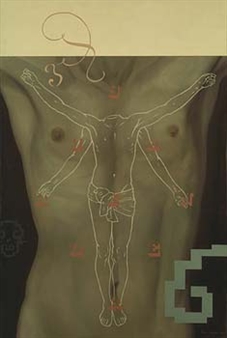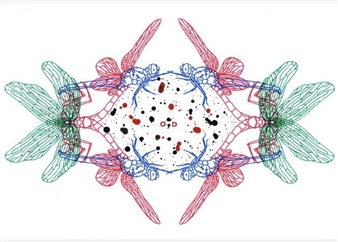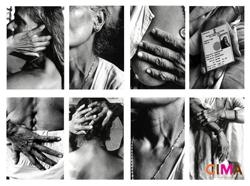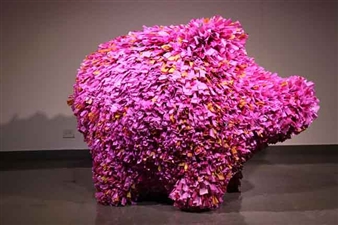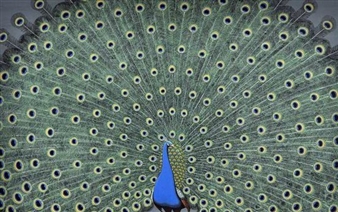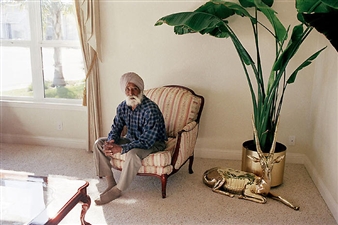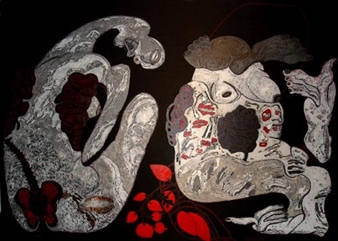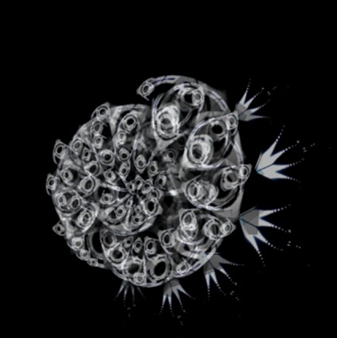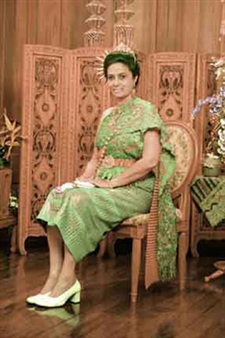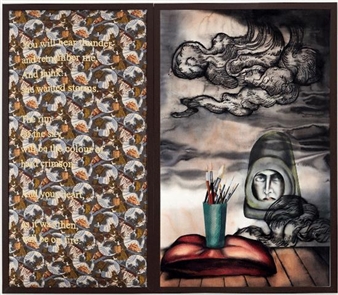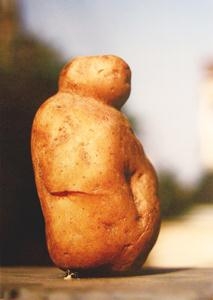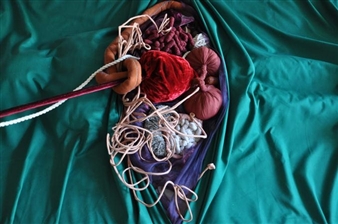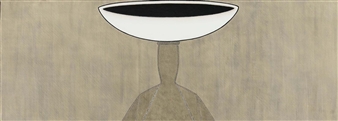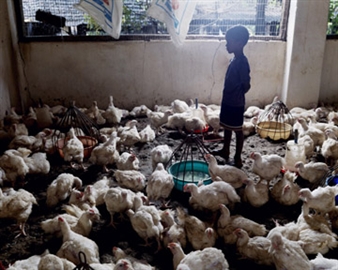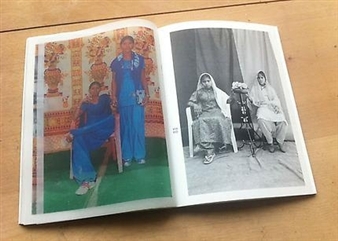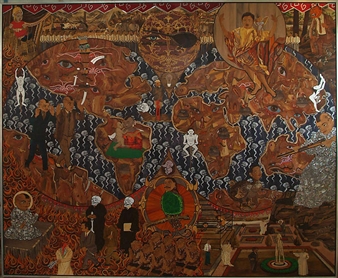Goan Sojourn
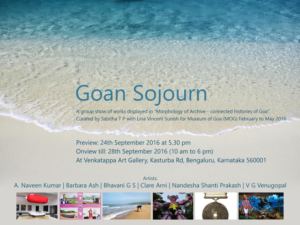
Venkatappa Art Gallery Bengaluru, Karnataka, Bengaluru, 09/24/2016 - 09/28/2016
Kasturba Rd, Bengaluru, Karnataka 560001, India
The exhibition is framed around the small piece of land marked ‘Goa’ on the western coast of India; it explores the complex layers of interaction that people of varied race have had with it, and the human dramas that have been enacted on its soil. The participating artists have structured the compilation by entering into Goa’s history in different ways: some have chosen to establish their narratives through tangible artefacts – the land and its built heritage; others have approached the idea of Goa through its waters, and it’s entity as a port; and some have emphasised written and oral histories, with references to encyclopedias and albums, language and script, myth, legend and memory.
In general, the idea of History is connected with a linear, chronological order, categorizing periods and the dominant influences in each one. Art, however, has the ability to represent time and space in multiple ways, by allowing the imaginary and the factual to inhabit the same space. Here metaphors and symbols share space with reality and physical evidence. Artistic practice allows history, in some ways, to be freed from the limiting realm of authentication. By retelling and reinterpreting history visually, the artists author new modes of engagement with it. The concept of authenticity, deeply embedded in art historical discourse, is an interesting premise within which to absorb this particular compilation of works. What is authentically Goan? Whose roots are original? Who is an insider, who is outsider? Who was responsible? These questions are thrown back and forth as the works dialogue with each other. Stories of migration and transnationalism perceived through the political histories of various nations connected with Goa create a rich surface to penetrate. Art is certainly a political space – the artists here have taken positions, voiced opinions and communicated difficult messages through direct comments or neutral documentation. They often have to straddle thin lines of censorship, both personal and public.
The process of digging deep can reveal skeletons (and treasures) in the cupboard – related to self and the other. There is visible acknowledgement of violence, war, and oppression; interpretations of the aftermaths and expressions of solidarity. Artists are able to internalize and filter raw experience with aesthetic devices, and in this context, they have found new relationships to highlight even in the darkest stories. The different mediums (conventional and experimental) propose varied hierarchies of time, space, and dimension, connecting the private with the public, and intersecting memory with recorded history. Conceptually, there exists what has been termed as ‘messianic time’ by Walter Benjamin which is ‘a simultaneity of past and future and in an instantaneous present’. The idea of durational works that are added to over a period, or have an interactive element, provide further distortion of time and space, as they are extended through the intervention of viewers. Physically, the audience becomes an important channel for outreach of the concepts, even by means of the click of a ‘selfie’ in front of a work.
Morphology of Archive opened up a vast range of research material for the artists to choose from, and the process resulted in an interconnected spectrum of works – tackling subjects from botanical art to slavery, architecture to mythical characters, and much more. Each work creates and debates an intrinsic relationship to Goa and its histories.
This exhibition illustrates the notion of how an artist contributes to the revisioning of something belonging in the past; inheriting a history that weaves new meanings in the present. There are newer, more humanistic definitions of race and religion, with creative navigation of borders and maps. Together, we identify similarities, simultaneities and differences, bringing forward a truly global, contemporary perspective.
Lina Vincent 2016 (first published in catalog for Morphology of Archive- Connected histories of Goa)
For More Information